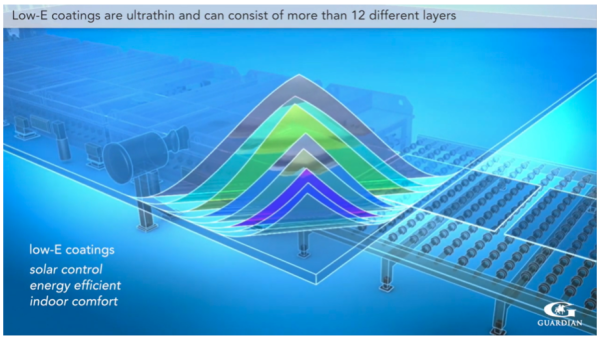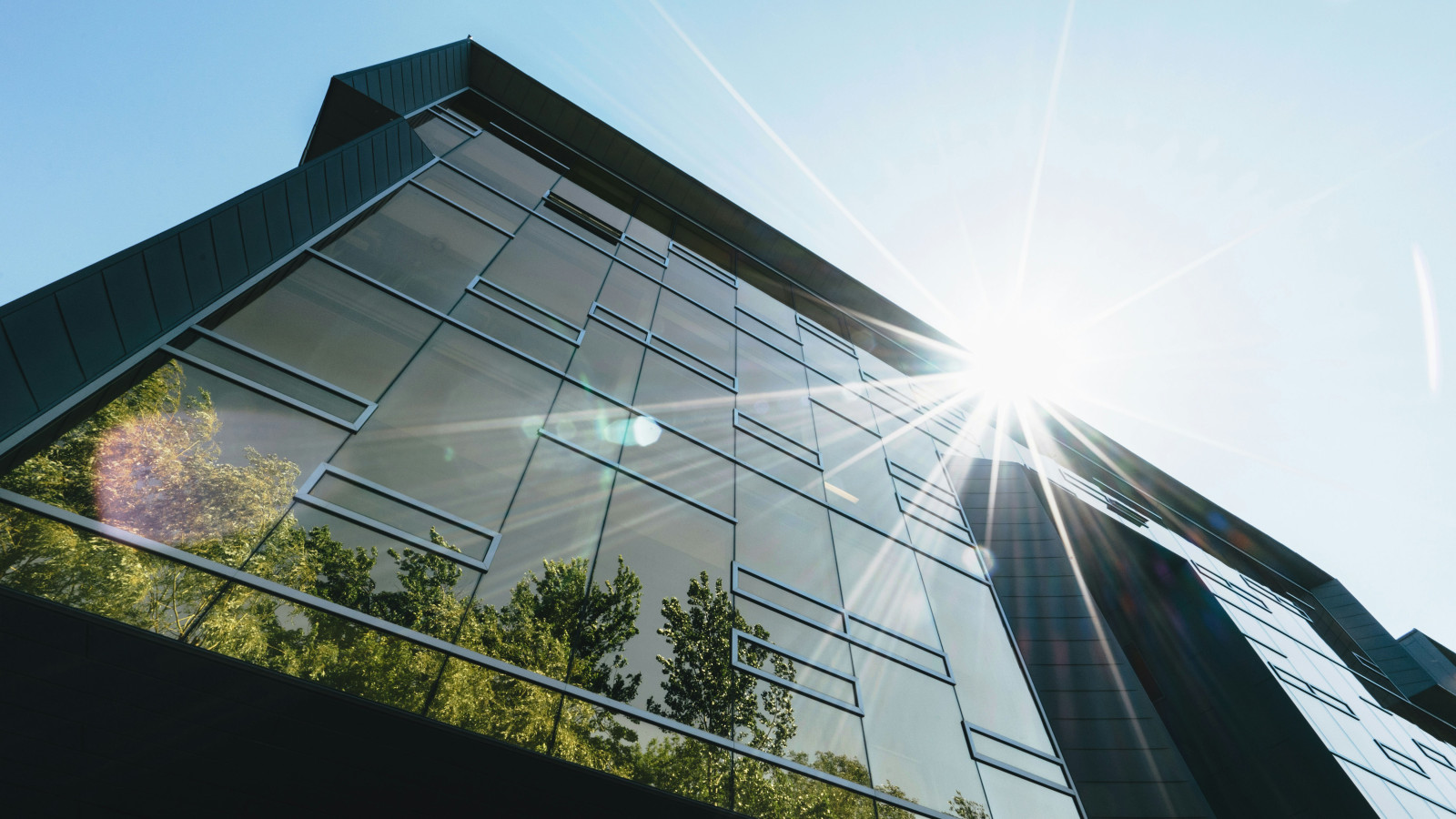In the ever-evolving field of architecture, the choice of materials can significantly impact the performance and aesthetics of a building. One of the critical components in modern construction is glass, particularly Low Emissivity (Low E) coated glass, known for its energy efficiency and aesthetic versatility. Metro Glass, New Zealand's local expert, offers insights into the complexities of Low E coatings, underscoring their importance in making informed choices.
The science behind Low E coatings
Low E coatings are designed to improve the thermal performance of glass. The most common process involves offline coating, where sputtering technology bombards a target material with electrons, depositing a thin layer onto the glass surface. This layer is composed of various metals, oxides, and nitrides, each chosen for specific properties that influence the final product's performance and appearance. These soft-coat Low E products differ from online coated products applied to molten glass. Online coatings create a finished product that is more stable and weather-resistant enabling the use of single glass rather than necessitating insulated glass, however, they tend to have a hazy appearance and “medium” performance.
Offline (sputter) coatings are created using patented recipes unique to each glass manufacturer. The combination of different materials results in a variety of Low E products, each with distinct characteristics. For instance, the stack of layers determines the glass' colour, thermal efficiency, solar control, and clarity. This diversity allows architects to select glass that not only meets performance standards but also aligns with their design vision.
Performance and aesthetic variations
One of the challenges in working with Low E coatings is ensuring consistency between different types of glass. For example, the aesthetics of toughened Low E coated glass must match closely with its non-toughened or annealed counterparts. This requires precise control over the coating process and a deep understanding of the materials involved.
Metro Glass, leveraging the expertise of Rahul Jain, a highly qualified glass engineer with international experience including the manufacturing of sputter-coated glass, ensures that their Low E coated glass products meet these rigorous standards. Jain's knowledge of global practices and his role in developing the Metro range highlights the company's commitment to quality and innovation.
Practical considerations for architects
For architects, choosing the right Low E coated glass involves balancing performance requirements with aesthetic goals. Low E coatings enhance the thermal performance of windows by reflecting infrared energy while allowing visible light to pass through. Sputter-coatings can also be designed variably for how much short-wave energy these transmit (the part of the solar radiation from the sun that influences direct heat into the home/building and hence the potential for overheating). Variability in performance against short-wave energy directly impacts solar control functionality (Solar Factor) — hence a range of performance and glass options from this perspective alone. The capabilities of sputter-coated glass in terms of achieving different combinations of thermal efficiency (glass U-Value) and solar control (Solar Factor) results in a range of options for improving energy efficiency from the perspective of both heating and cooling costs for buildings.
The method of applying individual layers of sputter coatings can vary, as can the material deposited per layer. Different materials and application techniques can help achieve similar performance but may result in varying aesthetics. For instance, each material used in the coating has a characteristic colour, which can influence the final appearance of the glass. This makes it crucial for architects to collaborate closely with suppliers like Metro Glass to ensure the selected product meets their design and functional specifications.

Watch Video: How Glass is Coated
Some Low E products also feature a protective coating, which is beneficial for handling up until tempering (toughening), which enhances efficiencies in the factory and in turn timely supplies. This protective layer also serves to reduce the risk of fingerprints and accidental marks during insulated glass manufacturing, ensuring the glass maintains its pristine condition from the factory to the final installation.
Metro Glass: Your local experts
As all flat glass sheets for building materials in New Zealand are imported, the role of a knowledgeable local supplier becomes even more critical. Metro Glass stands out as a leader in the industry, offering architects in New Zealand unparalleled expertise and a comprehensive range of Low E coated glass products.
With a focus on quality, innovation, and customer satisfaction, Metro Glass helps architects navigate the complexities of Low E coatings. By understanding the science and nuances of these coatings, architects can enhance their designs with glass that offers superior performance and aesthetic appeal. Partnerships with knowledgeable, experienced, and supportive suppliers, empower architects to create energy-efficient, visually stunning buildings that stand the test of time.
Get in touch with Metro Glass to learn more about their Low E coated glass products.




























 Most Popular
Most Popular Popular Products
Popular Products


